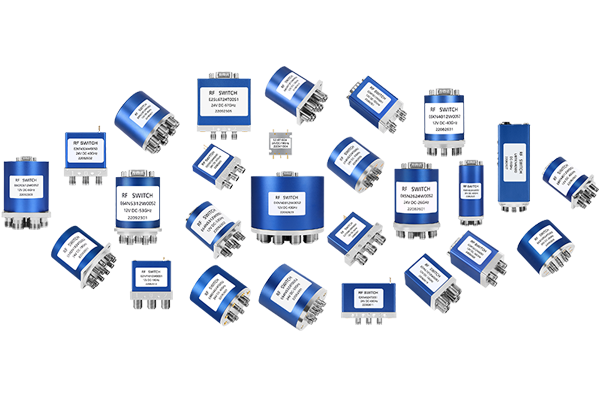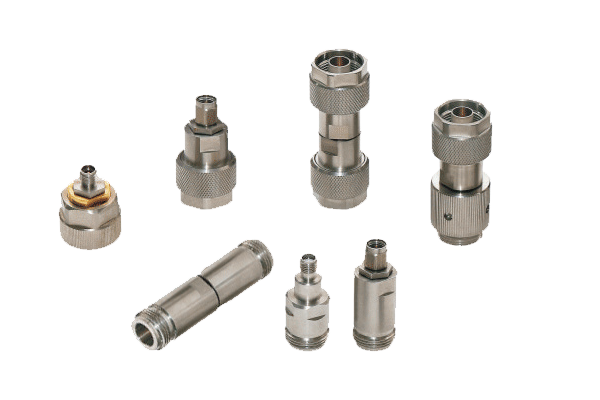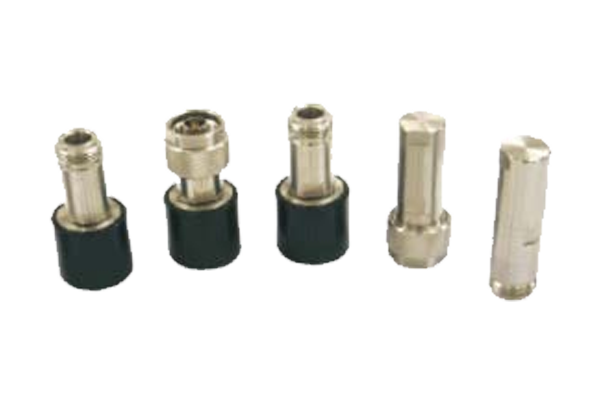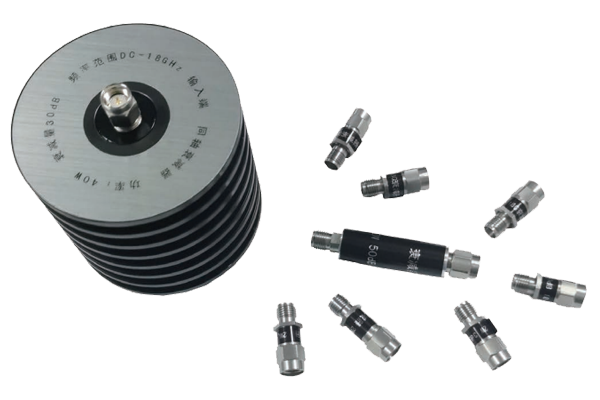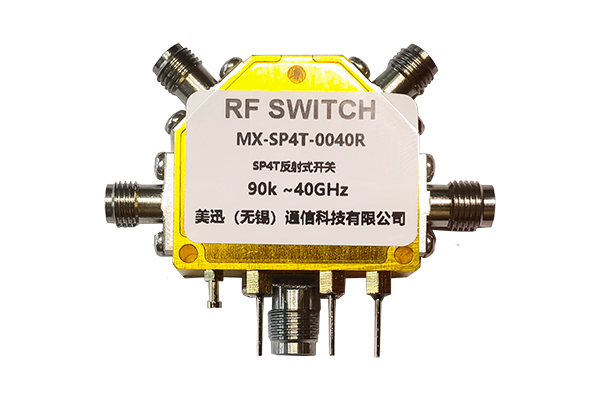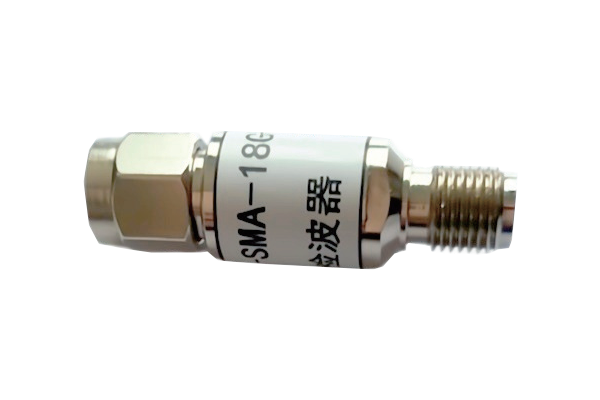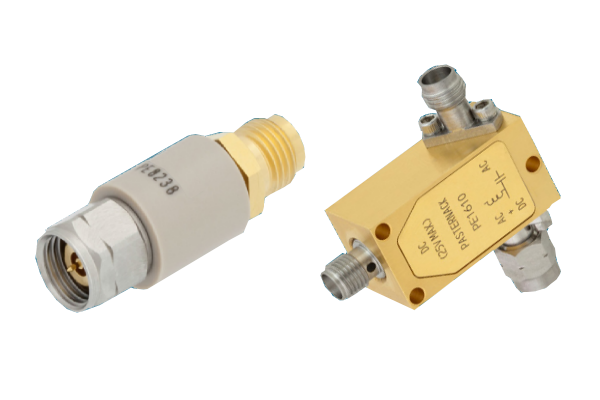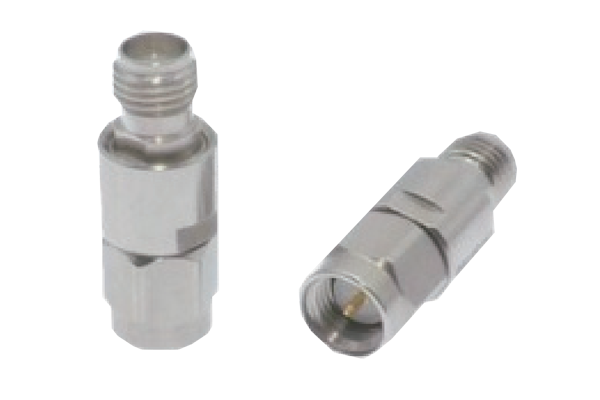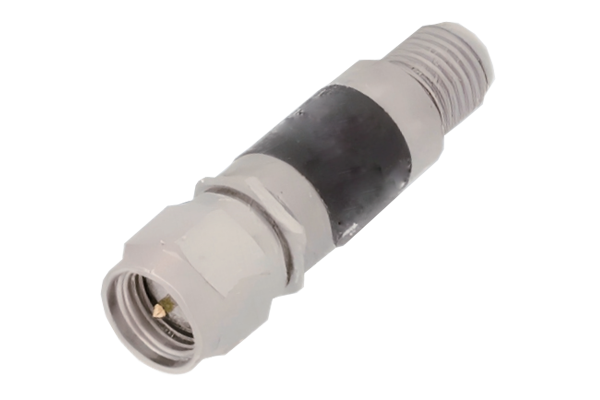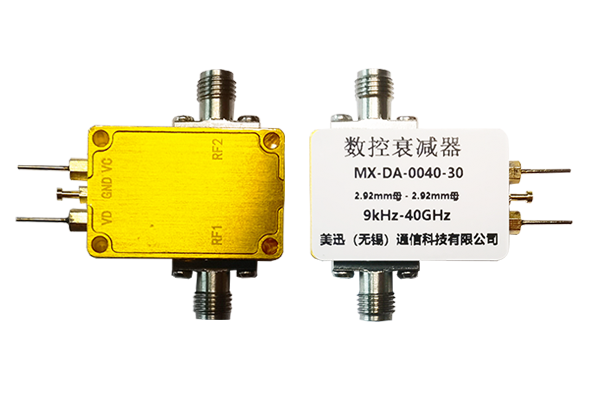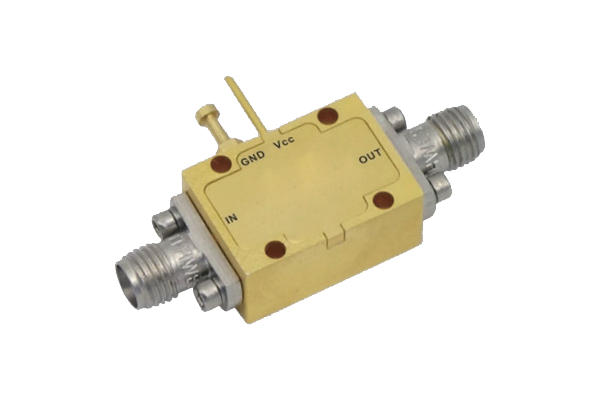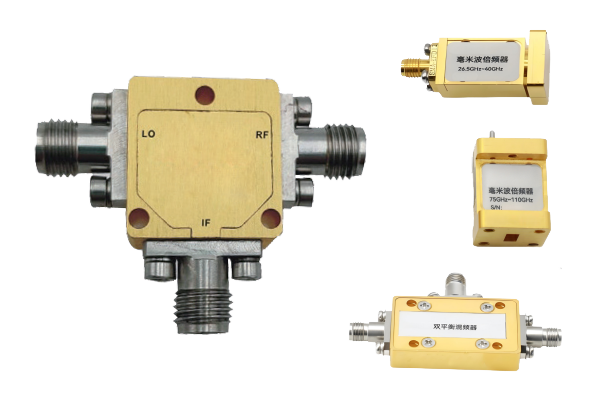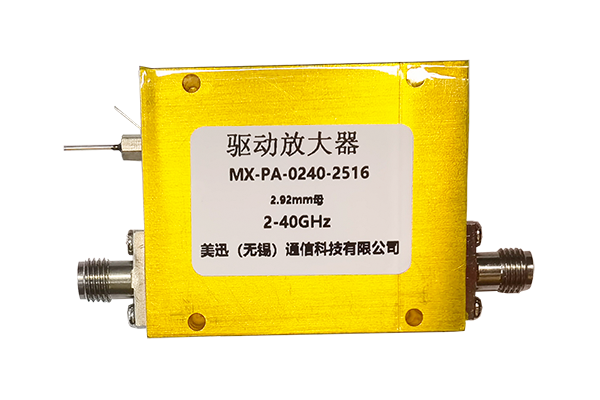How to Improve Waveguide Switch Reliability
Reliability Enhancement for Waveguide Switch Systems
Key strategies for improving performance and longevity in demanding environments
Prefer Durable Materials
- Material properties directly impact waveguide switch reliability, and materials with high wear and tear resistance and aging resistance are preferred.
- The waveguide body can be made of a metal material with stable conductivity and corrosion resistance to reduce oxidation and wear during long-term use.
- Internal moving components should be made of high-strength, low-friction alloys or engineering plastics to reduce mechanical wear and prevent component failure due to material fatigue.
- Sealing components should be made of heat- and weather-resistant elastic materials to prevent the intrusion of external impurities and ensure the long-term stable operation of internal components.
Optimize Structural Design Details
- Structural design must balance stability and interference resistance for the waveguide switch.
- Simplify the internal transmission structure, reduce redundant components, and minimize the probability of mechanical failure.
- Reinforce key connections to enhance overall structural rigidity and prevent loosening due to vibration or impact.
- Optimize the electromagnetic shielding structure. By rationally arranging shielding layers or isolation components, the impact of external electromagnetic interference on the internal circuitry can be reduced.
- Ensure precise and stable signal control and switching, and prevent functional abnormalities caused by structural defects.
Enhance Environmental Adaptability
- Enhance environmental adaptability design for different usage scenarios of the waveguide switch.
- For high or low temperature environments, select components with suitable temperature resistance and incorporate temperature compensation structures.
- For humid or dusty environments, enhance enclosure sealing and, if necessary, install dust and moisture-proof modules.
- Conduct vibration and shock resistance tests on the equipment.
- By optimizing the structural buffer design, improve the equipment's stability under complex operating conditions and reduce the risk of failures caused by environmental factors.
Standardize Maintenance Management Processes
- Establishing a regular maintenance mechanism is crucial for ensuring waveguide switch reliability.
- Develop a detailed maintenance manual that clearly defines the cycles and methods for cleaning, inspection, and component replacement.
- Regularly test the equipment's performance to promptly identify potential faults, such as abnormal signal transmission loss and switching response delays, and implement targeted repairs.
- Record equipment operating data and maintenance status to provide a basis for subsequent optimization and improvement, ensuring long-term stable operation.



